02 Nov Varna Shashidhar


We seek to embrace and celebrate this ‘spirit of the place’ and time in our work.
While the west has traditionally approached landscape design through unfolding views, panoramic vistas and placed a distance between the user and the surrounding, the traditional landscapes in India & South Asia have been those of personal engagement, participation and deep immersion.
A rich tradition and cultural belief system in India makes it possible to experience the extraordinary even in the everyday ordinary, divinity in trees and stones. The experience and perception of the Indian cultural landscapes requires the use of all our senses. Often approached from the reading of the terrain through the soles of the feet (barefoot pilgrims), journeying across sensationally composed landscapes on paths of pilgrimages or simply the act of plastering earthen walls of a village home with dung/ mud plaster,a utilitarian act but one of craft and beauty.
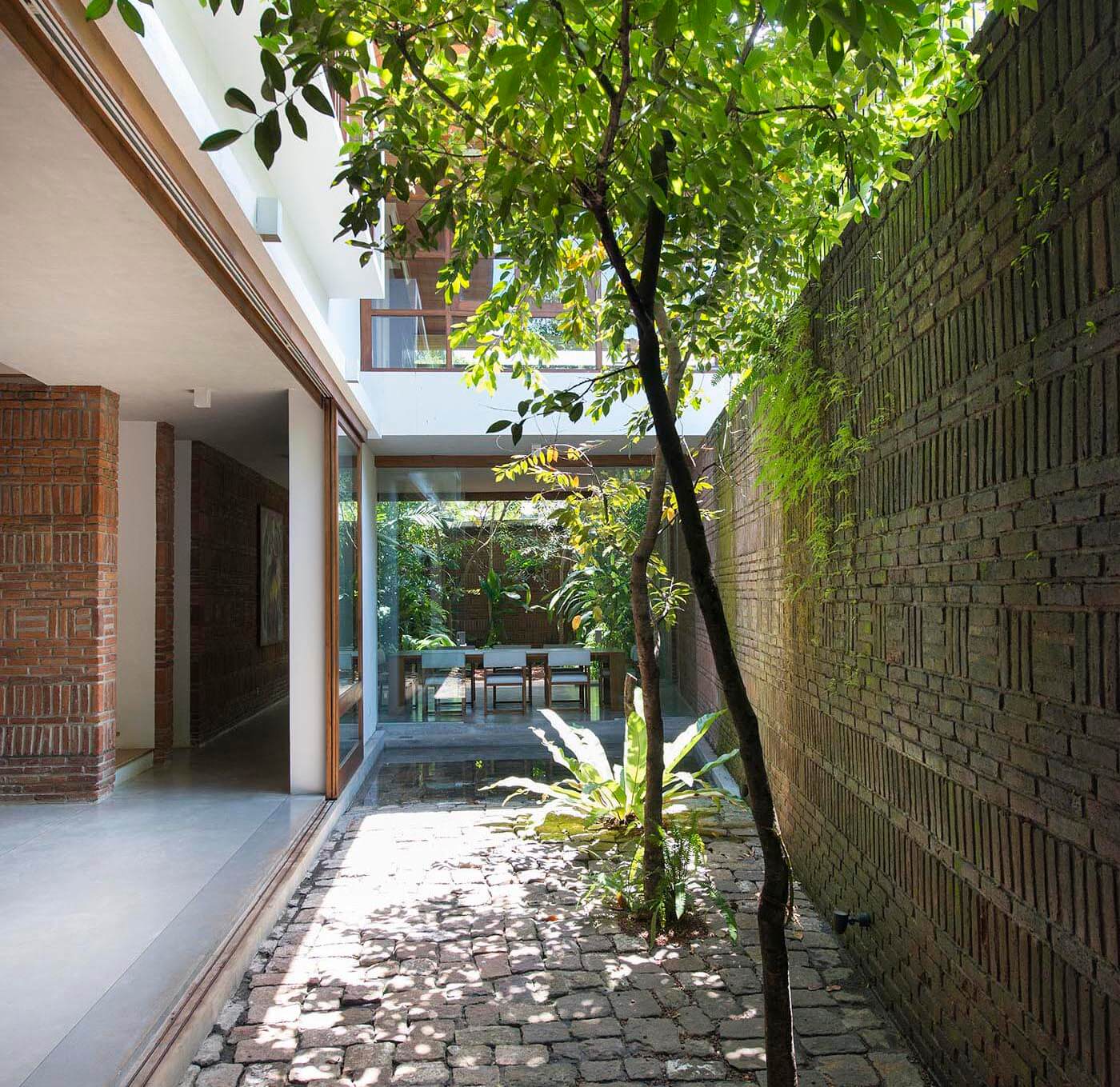
The spirit of the place and its people was always embodied in these landscapes that needed to be perceived by the ‘citta’ (human consciousness). Landscapes evoked a range of emotions. These Landscapes were performative and resilient, that reflected a deep reverence for the environment that included humans in a symbiotic relationship with the greater ecological system (comprising the land, flora and fauna).
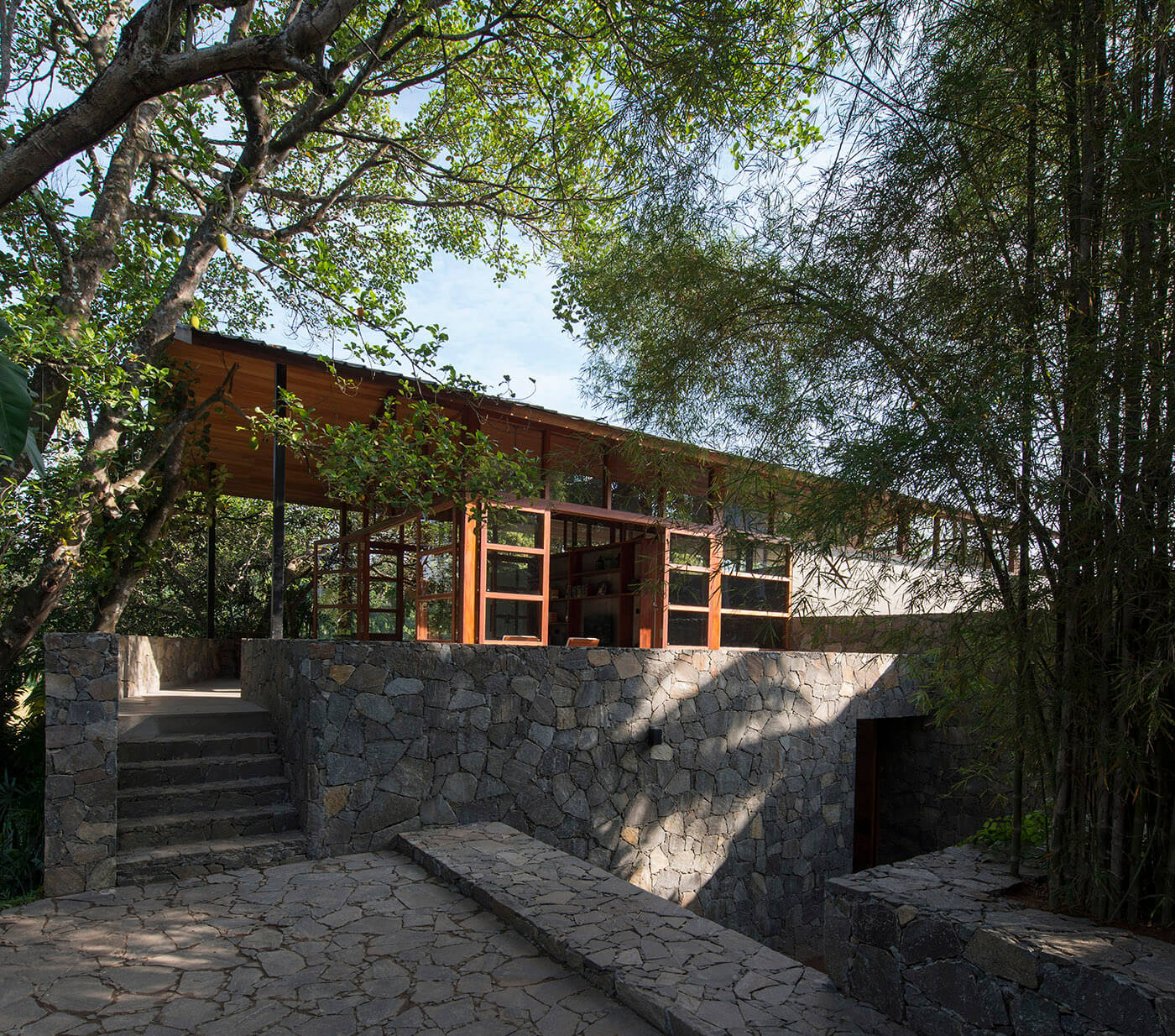
A great value was attached to the preservation of biospheres, through sacred groves, protected forests and protecting watersheds. These places then became spiritual refuges for people and sanctuaries for bio diversity. These landscapes of the past are timeless, yet seamlessly built into them a framework for time and change.
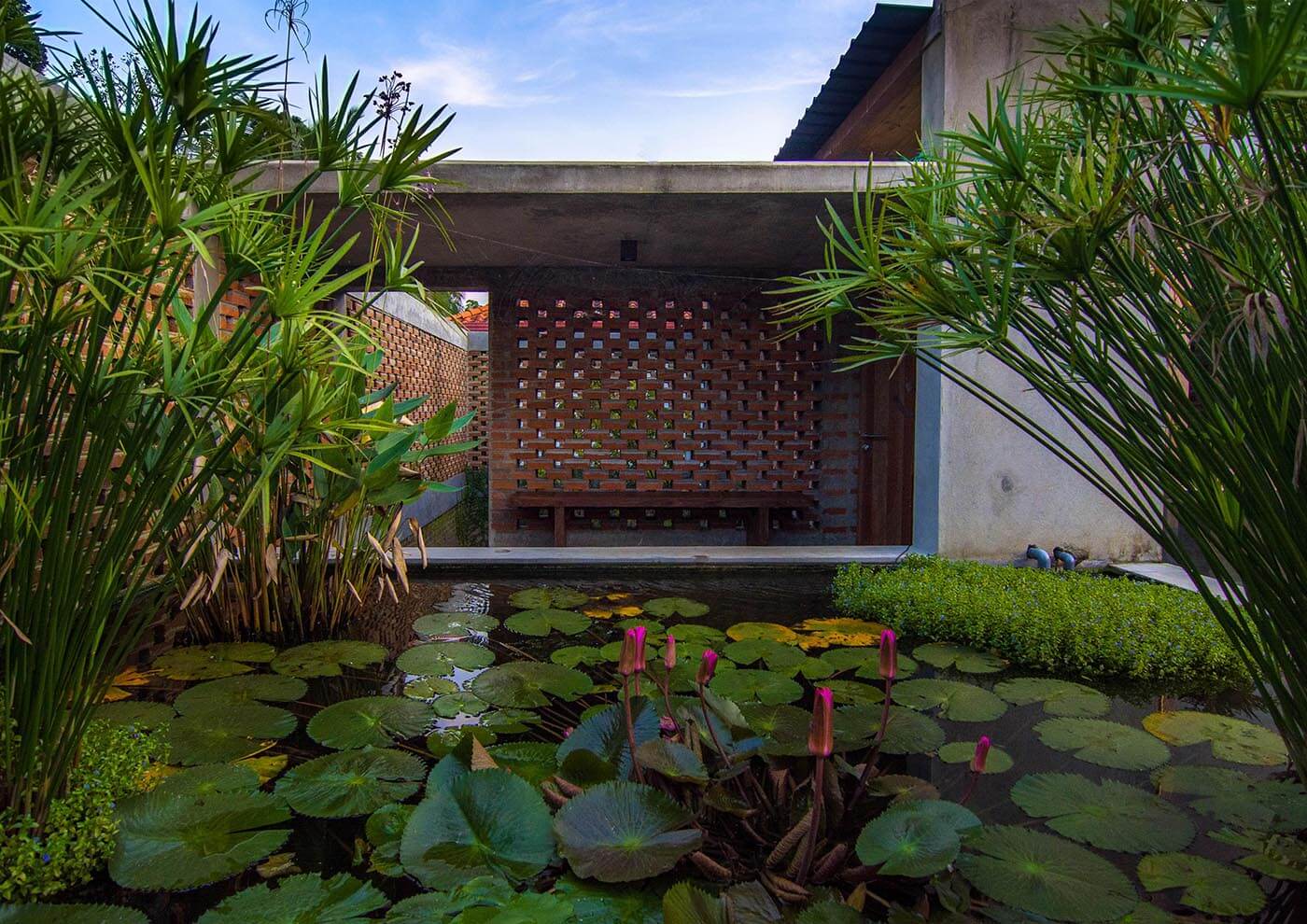
We seek to embrace and celebrate this ‘spirit of the place’ and time in our work. Where each of our project is a layered reading of the site and each landscape is a sensory experience and not just an two dimensional image. We seek to create a value system based approach towards the designing of landscapes that links the emotional and spiritual with the metric. We see a great potential in integrating knowledge from the historic past, design sensibility, and aesthetics into a contemporary language of designed landscapes to meet the challenges and needs of today and the future.
We believe in creating contextual landscapes that celebrates art, culture, craft and ecology.
Instead of approaching Landscape design through the western lens we seek to capture the essence of our own context, celebrate our rich Indian South Asian design history, culture, craft, plant palette in each of our projects, not as motifs, but the essence.
We do not seek to create large obvious design gestures but nuanced expressions of the place that will attempt to encapsulate the hidden, the ephemeral, where to the user the designer’s hand in the creation is imperceptible, but only the memory of the space will remain.
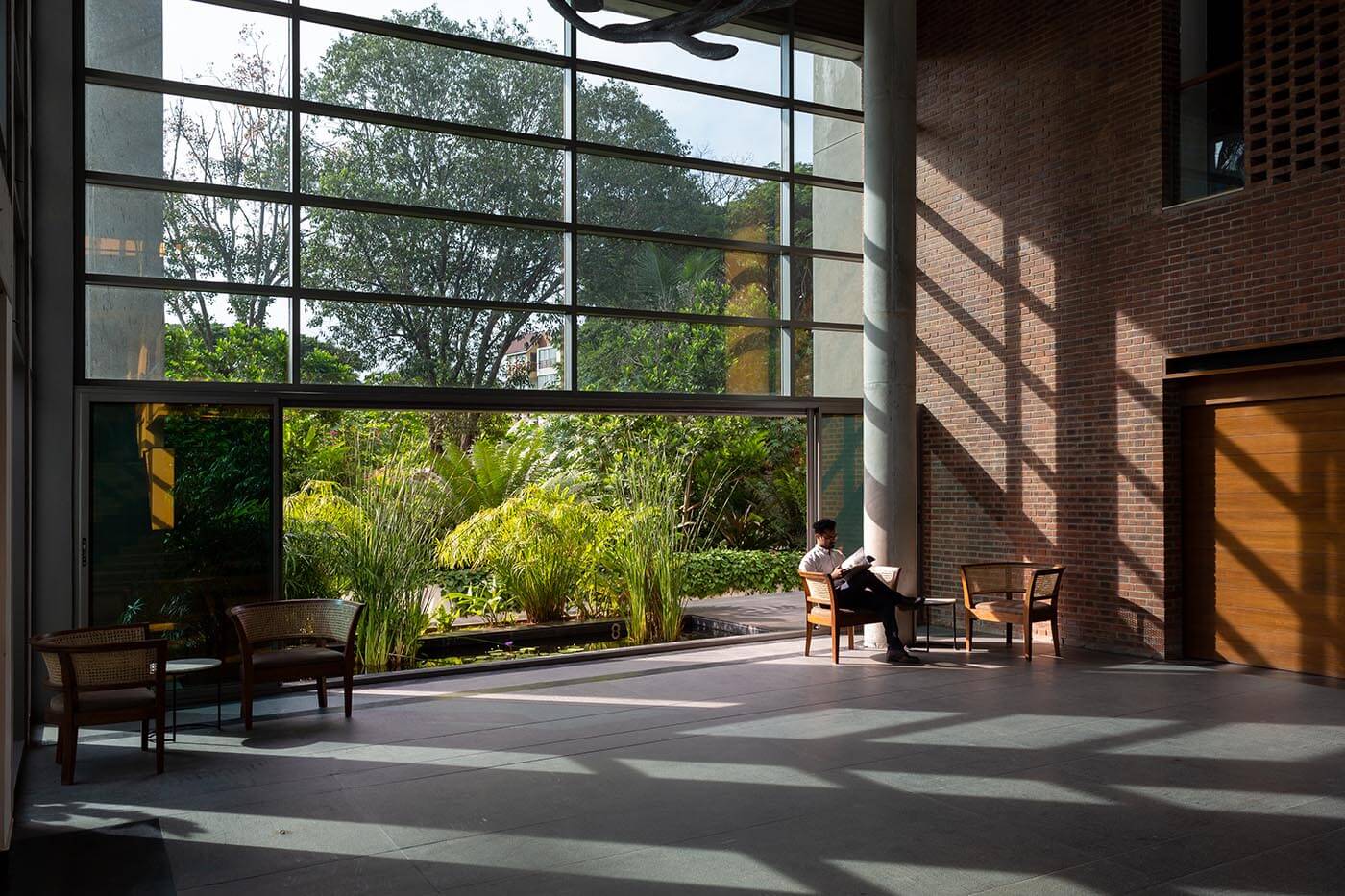
We love to embrace challenges (ecologically sensitive sites, compact urban sites, de-graded soils, polluted water, extreme temperatures and limited resources). Here are some keys aspects that we aspire to achieve in our landscapes: 1. To create meaningful and memorable spaces 2. To reveal the extra-ordinary beauty in the ordinary through our landscapes (eg incorporating useful common therefore often neglected plants into our planting palette) 3. To create experiential and sensorial spaces that infuses beauty. 4.To create a feeling of wellness in the users 5. To create landscapes that engage the users and thereby create stewards of the environment.
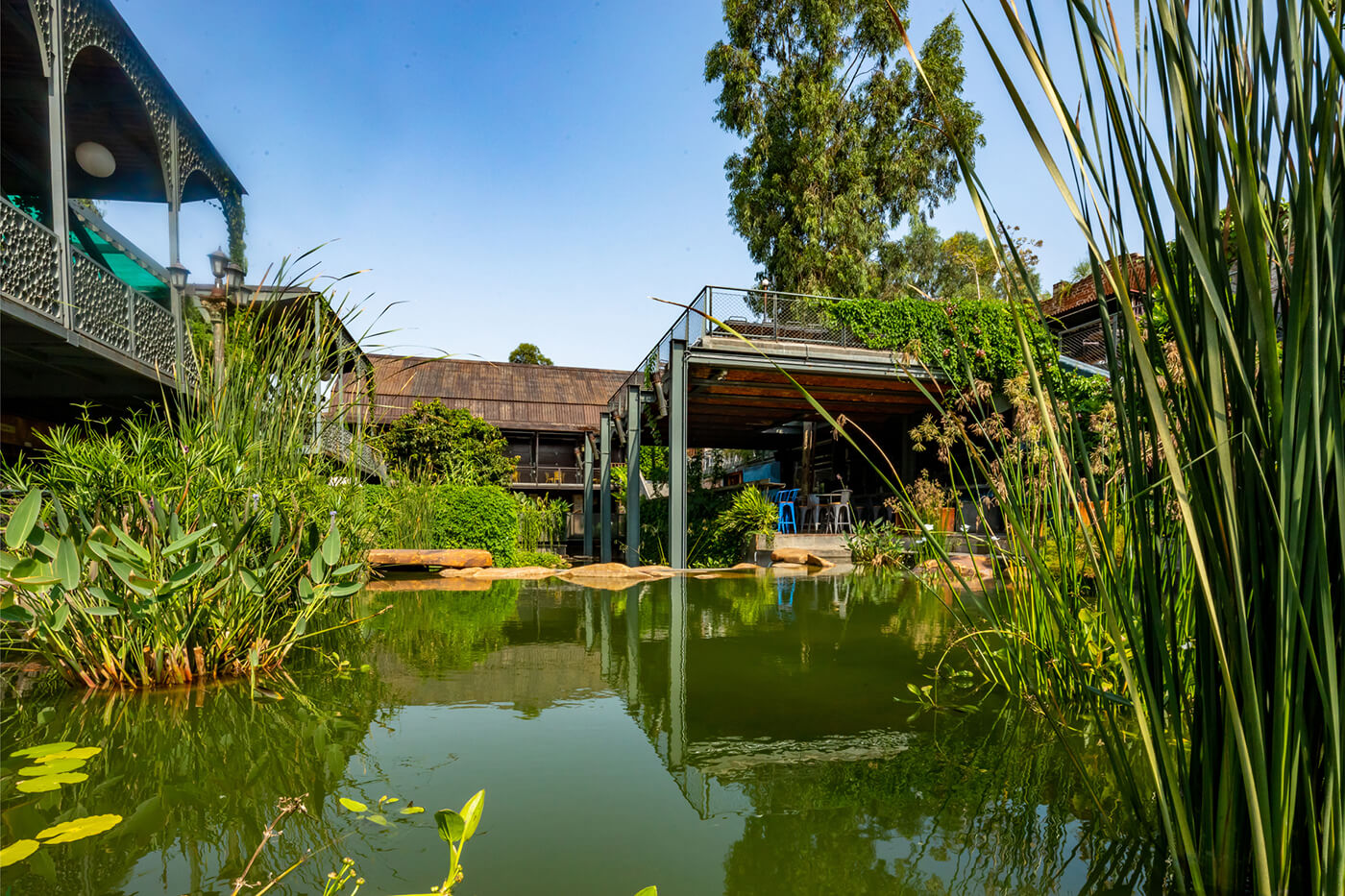
6.To question commonly accepted notions of aesthetics in the landscape (looking beyond an anthropocentric view) 7. To embrace a systemic, ecological approach to creation of landscapes irrespective of scale 8. To create more bio-diverse landscapes especially in urban areas 9. To create performative and transformative landscapes (that benefit, mitigate, cleanse, purifies and restores the environment)10.To create landscapes which have the ability to evolve 11. Create resilient landscapes (that requires less resources). 12. To embrace an experimental approach, a quest, a search, a study in every project we undertake 13. Importance of the process of making /constructing /crafting a landscape we follow a, hands on personalized approach in the crafting of our landscapes 14. We seek to adopt a holistic approach to sustainability which is often low tech and resource efficient (incorporating local resources, knowledge, and skills of the local people). 15. Being involved in the creation of a maintenance plan with the clients once we have constructed the landscape, being involved in a landscape even after completion
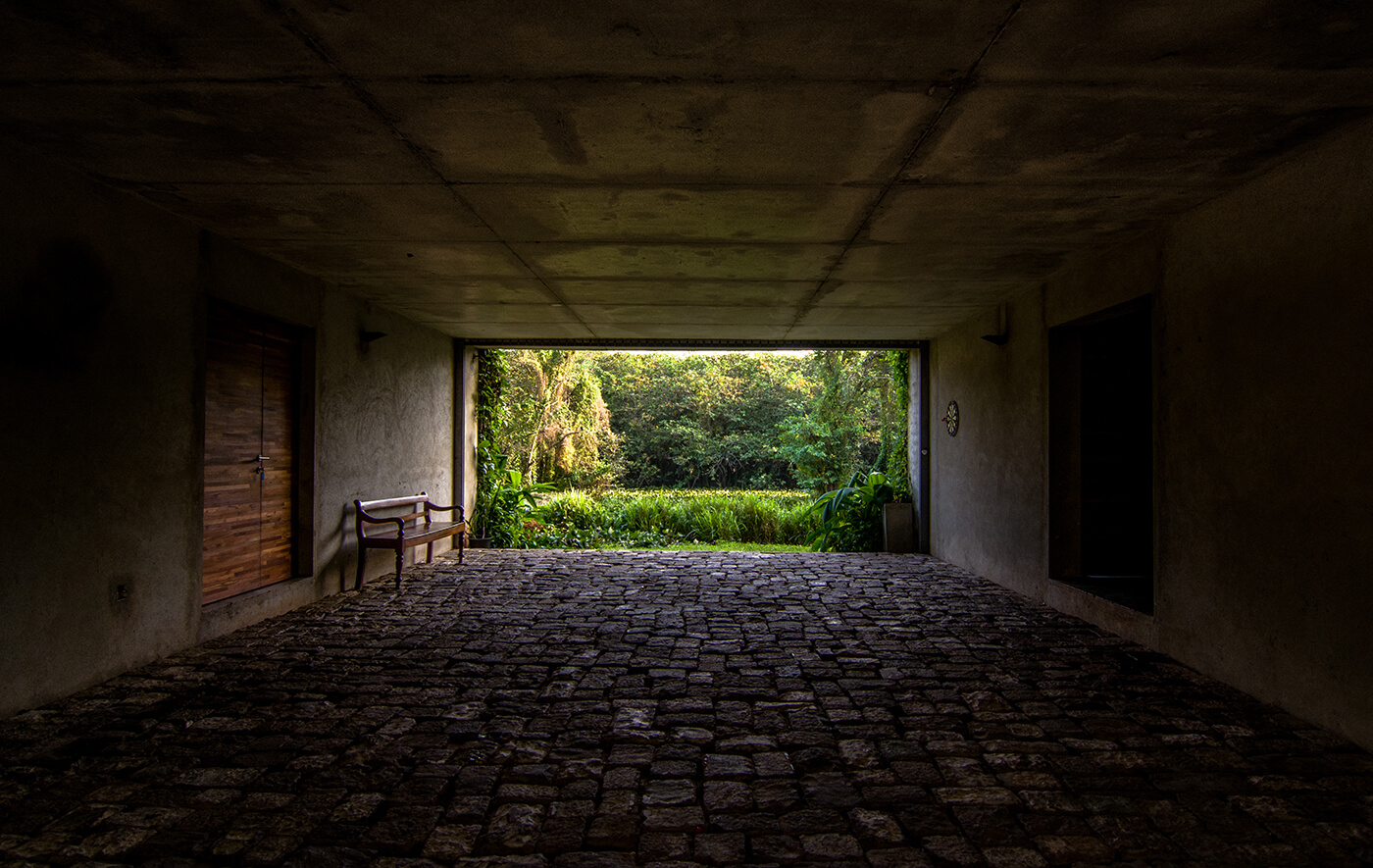
We believe that the role of Landscape architects in the Indian/South Asian context needs to move beyond that of being a designer and also becoming activists in creating awareness for the need for an ecological premise in design.
VSLA believes that Landscape Architecture is an intellectual, philosophical design discipline not only an artistic medium that has the power to positively transform Indian cities, its peripheries and towns.
Landscape Architecture should become more integral to the process of city and space making, a necessity in designing wisely and not an afterthought. Landscape architects should be equal members in the dialogue to create better built and open space environments in India. We believe that the role of Landscape architects in the Indian/South Asian context needs to move beyond that of being a designer and also becoming activists in creating awareness for the need for an ecological premise in design and also in bringing about visibility to the profession.

Given the urgent and harsh reality of climate change, pollution, fragmentation of habitat, depletion of natural resources, lower quality of life especially in our cities, the landscapes of the future will need to be those of innovation and resilience. Creation of more programs for training landscape designers that are not hinged on architecture being a prerequisite. The role of Landscape Architecture within the public realm in India needs to be explored more actively and seriously. We also look forward to inspired collaborations with designers, architects, policy makers, scientists, ecologists, hydrologists who share similar sensibilities, as a collective that can then actively impact the public realm. We look forward to having landscape architecture being included as integral part of infrastructural development within our cities (during the visioning) and not only in final efforts at planting /superficial beautification.

We hope to be a part of this dialogue, and to contribute to the creation of collective landscapes. In future in India, we hope to see a greater acknowledgement of the contribution of landscape architects to a project. Also recognizing women who for centuries have played a significant part in the construction/ cultivation of landscapes (homestead gardens, agrarian, and sacred),will inspire more women to embrace the profession.

We aspire to see and play our part in the language of contemporary landscape design in India/ South Asia moving towards one that is more expressive of the uniqueness our culture and identity.
Varna Shashidhar
DESIGN FIELD
Landscape Architecture
LOCATION
Bengaluru, India
ABOUT
Varna Shashidhar is an Indian Landscape Architect with a regional landscape practice VSLA that focuses on the creation of contextual landscapes. Varna graduated with a Bachelors of Architecture from RVCE and obtained a Master’s degree in Landscape Architecture from Harvard University’s Graduate School of Design. She has taught at GSD’s Career Discovery Program and has worked with leading landscapes practices MVVA Inc & WRT prior to establishing VSLA in Bengaluru in 2013. Her interest lies in the intersection of the built and the natural world, and in the ecology and aesthetics of the everyday South Asian landscapes. Her projects have included degraded and ecologically sensitive environments. Recent projects include Bangalore International Centre, Neev Academy, Byg Brewski, Namma Park, a neighbourhood park in Bengaluru. She often works with her partner Sri Lankan Architect Palinda Kannangara on projects of ecological significance.


